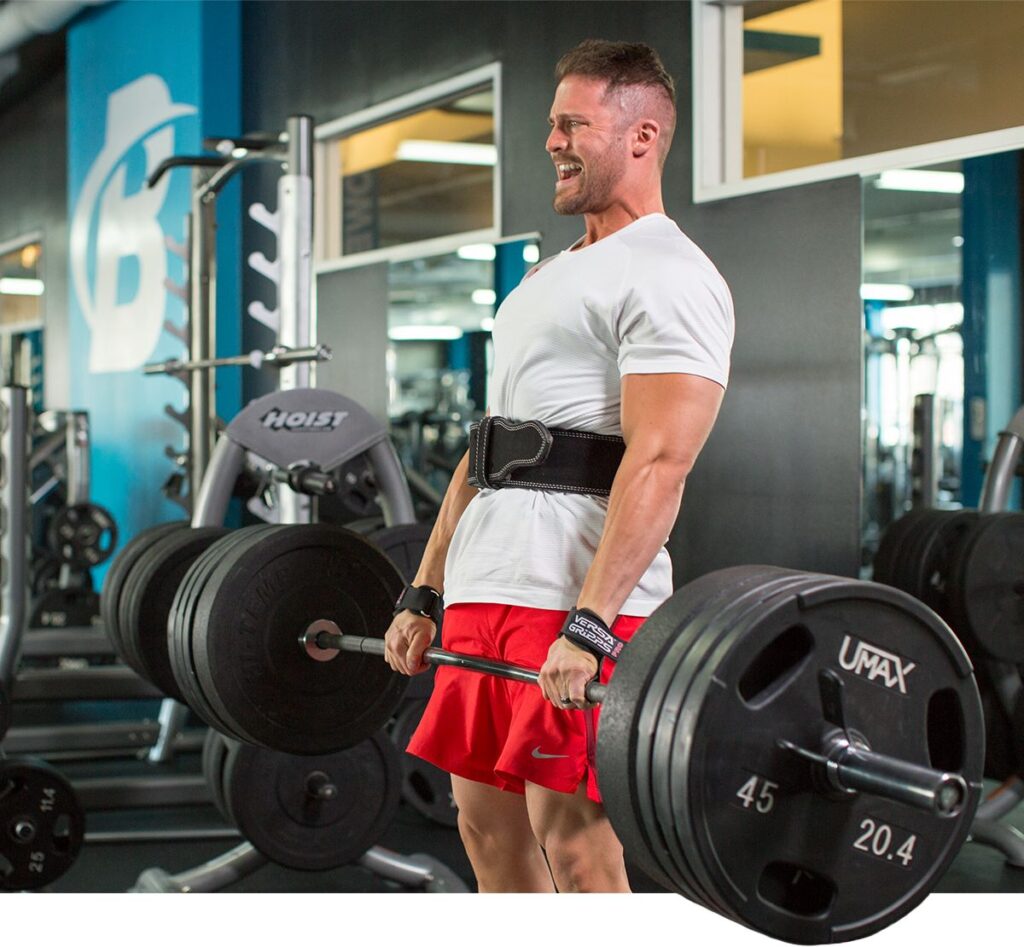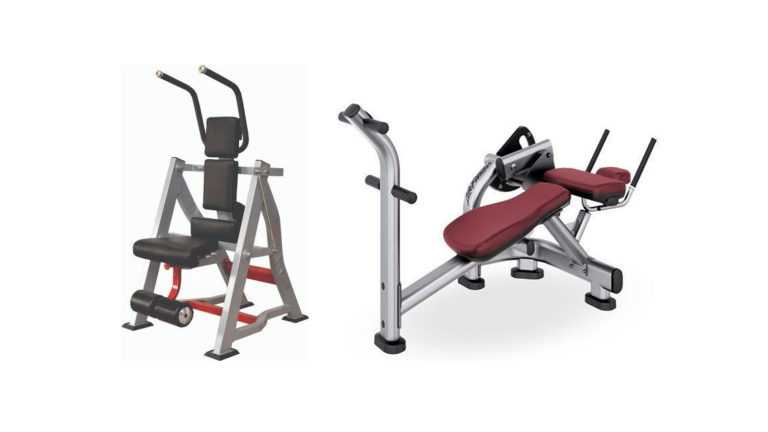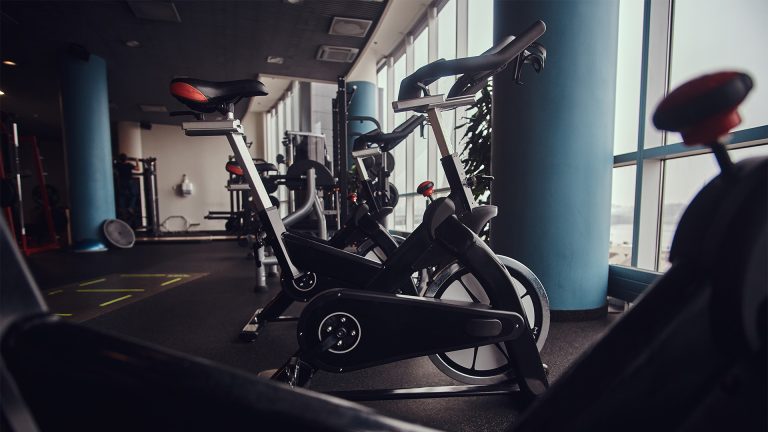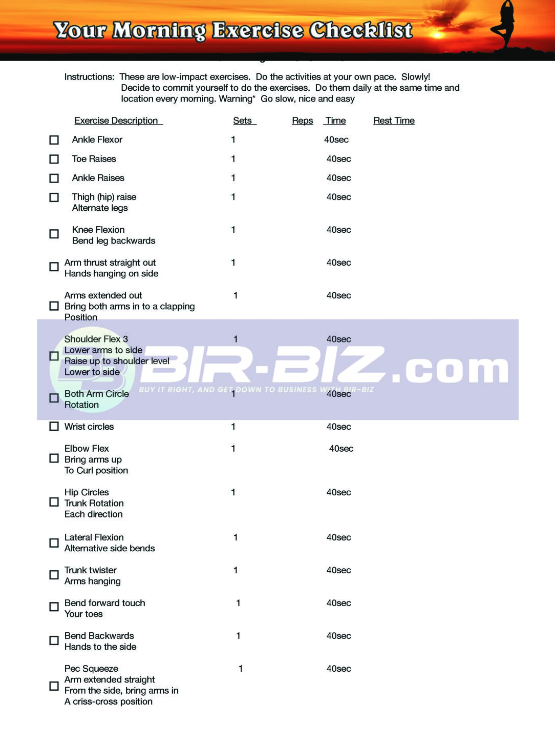A Weightlifting Belt is an essential piece of equipment for anyone who wants to lift weights. A good belt can help you lift more weight, and it can also help protect your back. But not all belts are created equal. There are a lot of different Belts on the market, and it can be hard to know which one is right for you. This guide will discuss the different types of Weightlifting Belts and help you choose the right one for your needs. So whether you are just getting started in weightlifting or a seasoned pro, read on to learn everything you need about Weightlifting Belts!
What is a Weightlifting Belt?
A Weightlifting Belt is a piece of equipment worn around the waist during weightlifting exercises. It has two primary purposes: to reduce stress on the lower back and to prevent back hyperextension during overhead lifts.
A Belt reduces low back stress by compressing the contents of the abdominal cavity. As a result, the Belt helps support the spine and keep it aligned while lifting heavy weights. Additionally, a Weightlifting Belt prevents back hyperextension by limiting how far the spine can bend backward. It is imperative during overhead lifts, which put a great deal of strain on the lower back.

How to Use the Belt
If you are new to weightlifting or have any history of lower back pain, it is advisable to use a weightlifting belt during your workouts. However, only wear the Belt during heavy lifting sessions. remove it when you have finished the training. Additionally, learning how to lift weights correctly without using a belt is essential. It will ensure that your muscles are adequately engaged and using the proper form. Over time, you may find that you no longer need to wear a belt while lifting weights. But in the meantime, do not be afraid to strap on a belt and start your weightlifting journey!
History of Weight Belts
Weightlifting belts have been around for centuries, with the first recorded use dating back to ancient Greece. In those days, belts were made of leather and were used to protect the lower back during heavy lifting. The modern weightlifting belt was invented in the late 19th century by a German company called Spud Inc. The original Belts were made of canvas and had a metal buckle.
Today, Weightlifting Belts are usually made of nylon or leather and have a plastic or metal buckle. They come in various sizes and widths to fit different body types. Most Weightlifting Belts are between four and six inches wide. However, some manufacturers offer Belts that are up to eight inches wide.
Weightlifting Belts are not just for professional athletes. Anyone who wants to reduce stress on their lower back or prevent back hyperextension during lifting. If you have ever experienced back pain while lifting, a weightlifting belt may help you avoid it in the future. Wearing a Belt may also help you lift more weight. (hmm)
Features of best Weightlifting Belts
When you are planning to buy a weightlifting belt, there are certain features that you should consider. These include:
- Width: The width of the Belt is an essential factor to consider. Most belts range from four to six inches wide. If you are a beginner, starting with a narrower belt is advisable, and moving up to a wider one as you become more experienced.
- Length: The length of the Belt is also an essential factor. Most belts range from 36 to 54 inches in length. You may need a longer belt if you are taller and broader at the waist.
- Material: Weightlifting Belts made of leather, nylon, or a combination of both. Leather belts are generally more expensive than nylon belts but are also more durable. Conversely, nylon belts are typically less costly and not as durable as leather belts.
- Buckle: The buckle is another crucial factor when choosing a weightlifting belt. There are two main types of buckles: prong and lever. Prong buckles are the most common type of buckle, and they are easy to use. Lever buckles are less standard but easier to take on and off.
- Width: Most belts range from four to six inches wide. The width of the Belt should be proportional to the person’s waist size. A wider belt will provide more support, but it may be uncomfortable for people with a smaller waist.
- Color: The color of the Belt is not as important as the other factors, but it is still something to consider. People usually choose a belt matching their workout clothes or personal style.
Price: A weightlifting belt can range from $20 to $300. The most crucial factor is to choose a belt that is comfortable and provides the right amount of support. More expensive Belts are of higher-quality materials, but this is not always the case. There are many different types of weightlifting belts on the market, so it is essential to research them before making a purchase.
Benefits of the Weightlifting Belt
While some people may view the weightlifting belt as nothing more than a fashion accessory, wearing one has several benefits. For starters, a weightlifting belt can help to reduce stress on the lower back. It is especially beneficial for those who lift weights in an upright position. Additionally, a weightlifting belt can also prevent back hyperextension during overhead lifts.
Another benefit of the weightlifting belt is that it can help to compress the contents of the abdominal cavity. As a result, it can lead to improved posture and a reduction in back pain. Additionally, the compression provided by a Weightlifting Belt can help increase blood flow to the muscles and improve stability.
Best Weightlifting Belts
Schiek Sports Model 6010 Leather Competition Power Lifting Belt: Get the power boost you need with the Schiek Double Prong Competition Power Weight Lifting Belt. This Belt is perfect for powerlifters and with a double-prong stainless steel buckle. The Belt also measures 9mm thick and 10cm wide. The heavy-duty construction and made with genuine suede leather and made in the USA.
ROGUE OHIO LIFTING BELT: handcrafted not to compete with the world of mass-produced, sporting-goods-store weightlifting belts but to offer a more robust, longer-lasting alternative for customers serious about strength training and investing for the long haul.
Made from 10mm thick, vegetable-tanned American leather, this 4″ wide Belt offers firm, consistent support, easing stress on the back and helping reduce post-workout pain and the potential long-term prevention of more severe injury.
Powerlifting Belt/Weight Lifting Belt: – Belt construction and value, second to none. High-end materials: vegetable-tanned, full-grain sole leather. Strong nylon stitching. Ultra heavy 2mm thick single prong buckle with a seamless roller. The result is a belt that lasts and remains supportive for years.
Conclusion
Conclusion paragraph: If you’re looking for a way to take your weightlifting workouts up a notch, or if you have any history of lower back pain, using a weightlifting belt is the answer. Not only does it help prevent injuries, but wearing one can also make your workouts more effective. So why are you waiting? Add a Weightlifting Belt to your home gym arsenal and see how much better your lifts feel – and how much stronger you become. Thanks for reading!






